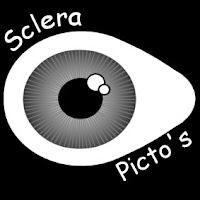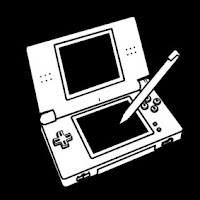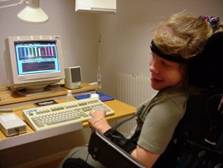
Boston College's Eagle Eye Program has available for download the following games and application for use with their or other Eye and Head Tracking programs:
Games
Aliens - shoot the aliens before they disappear
Blackjack - classic card game
Bug Sprayer - spray the bugs as they get bigger and bigger
Connect 4 - get four in a row before your opponent
DressMe - mix and match the doll's clothes
Eagle Paint - create a beautiful work of art
Matching Game - game of concentration
Othello - capture more colored discs than your opponent
Pong - virtual table tennis
Question Game - create your own multiple-choice quizzes
Tic Tac Toe - get three in a row
Spell and Speak
EE Onscreen Keyboard - keyboard utility that works with cut-and-paste and direct input
Midas Touch - modified keyboard designed for EE and CM
Rick Hoyt Speller - select each letter by its group
Staggered Speech - spell and speak utility
System
Applications Manual - description of useful applications
Chat Client - connect to talk and play with other EE and CM users
Eagle Scope - configuration utility for EE
EE Browser - web browser designed for EE and CM
EE Connect instructions - how to use the EE Connect program
EE Connect update - downloaded updated EE Connect files
EE CM Software Manual - discription of available software for CM
No word official word on when CameraMouse will be available for free download, but it should be any day now!










































